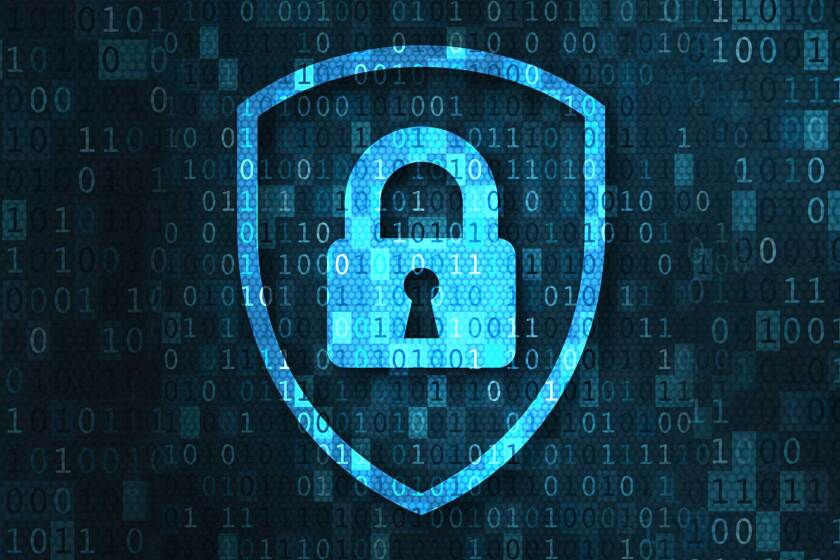On Monday 14 November, 2016 most of the country woke up to shocking news that another devastating earthquake had struck New Zealand.
In Kaikoura and parts of the upper South Island and central North Island, most people had been awake all night – trying to make sense of the violent shaking that began shortly after midnight.
Clocking 7.8 on the Richter Scale the damage was widespread and extreme. Sections of State Highway 1 ripped apart and entire landscapes shifted. Thousands of locals and tourists were left stranded without power, supplies or shelter. Tragically, two people lost their lives.
“There is intense panic and confusion in these crisis situations and we know all too well that people are desperate to call and check on their friends and family members,” said Vodafone Technology Director, Tony Baird.
“People rely on their phones for all sorts of information and unfortunately this quake caused massive damage to cell towers and underground fibre cables, especially in the hardest hit parts of Kaikoura,” he said.
Upon first news of the quake, Vodafone’s Emergency Response Team launched into action. Engineers and technicians were mobilised across the North and South Island and crews sent to areas with significant service loss, with the first restoration teams arriving in Kaikoura via helicopter after daybreak on the day of the quake.
These teams on the ground then worked around the clock to assess damage to the telecommunications network infrastructure and prioritise the sites which required emergency repairs.
New transmission equipment was helicoptered in to key sites from Christchurch and Wellington and within 48 hours, and with support from Downer, the team had successfully restored mobile services across the network.
But as work was getting underway on the mobile network, the sheer scale of another problem was beginning to emerge.
“We started to receive reports that an important fibre optic cable that is responsible for transporting large amounts of mobile and fixed-line data along the length of the South Island, was severely damaged,” said Tony.
“The cable is used by Spark, Vodafone, and Chorus - so it became apparent very quickly that we all needed to work together to protect the integrity of the South Island’s telecommunications infrastructure.”
The East Coast Fibre Link sits adjacent to SH1 - running from Blenheim to Christchurch. Technicians assessing damage to the fibre quickly realised that a combination of landslips and extensive road damage meant multiple breaks across the fibre and full repairs could take weeks.
“With the East Coast Fibre Link down, data traffic flowing in and out of the South Island became reliant on one of only two remaining transport cables.
“In volatile post-quake conditions there was serious concern that any subsequent damage to these remaining transport cables would jeopardise broadband connectivity for large areas of the South Island,” Tony said.
Establishing network resiliency for the South Island was of paramount importance to all three operators in order to support critical businesses and customers, and it didn’t take long to hatch a plan.
One of the two remaining transport links, the Vodafone-owned ‘Aqualink’ cable runs underwater from Lyall Bay in Wellington (along the east coast of the South Island). It comes ashore at Kaikoura for a power boost and then continues on underwater to Christchurch. The second transport link is the Spark and Chorus owned ‘Western Cable’ which runs down the west coast.
“We came up with a way to connect Spark and Chorus’s Kaikoura network to the Aqualink cable by laying around 50 metres of new fibre between their Waiau exchange and the Aqualink landing site in Kaikoura.
“It was a fortunate coincidence that the two network points were so close together because it meant we could physically connect them quite quickly. We then worked out a way to increase capacity on the Vodafone network to accommodate the extra traffic, giving Spark and Chorus resiliency for their South Island network. In a similar move, to protect and future proof the Aqualink cable, Spark and Chorus increased capacity for Vodafone’s data traffic on their Western Cable,” said Tony.
Within a few days Vodafone, Spark and Chorus had together successfully re-established connections, providing resilience across all networks, ensuring stable connectivity for the people of the South Island and keeping them linked to the North Island and the world.
“We compete fiercely at a retail level but when we face a crisis that impacts New Zealanders like this, there is no hesitation to get in and find solutions and get things fixed. In Kaikoura, we collaborated to work out a solution as quickly and as efficiently as we could,” said Tony.
Today, due to the extent of the damage to SH1 and the fibre cable that ran along the roadside, repairs to the east coast fibre link are still ongoing and technicians are aiming to fully restore services this year.




